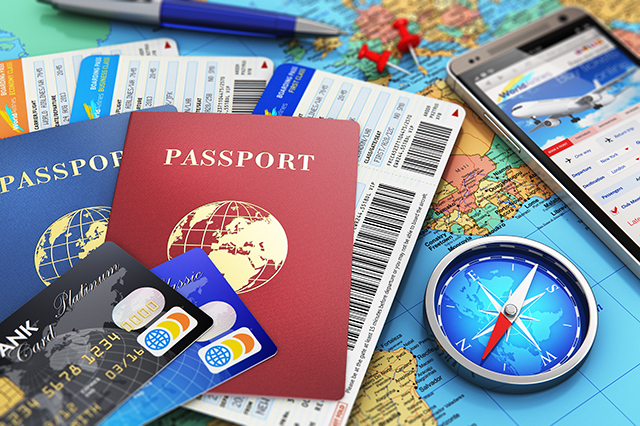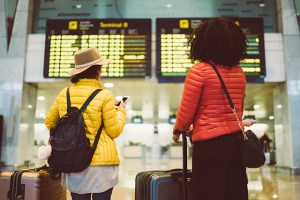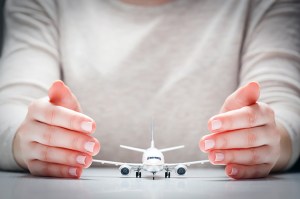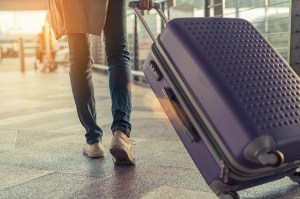Americans, it seems, have a love-fear relationship with foreign travel. On one hand, the benefits are clear: Seeing the world makes for some great memories, expands our horizons, and provides neat photos for our scrapbooks and social media feeds.
On the other hand, the hazards are equally obvious. Try this: Type “Is it safe to travel…” into your browser, and you’ll see folks are as wary of travel abroad as they are excited. (“Is it safe to travel to Mexico?” … Paris? … Cuba? … Greece?) The list varies, but clearly the question is on every would-be traveler’s mind.
The short answer is that foreign travel safety – with the exception of regions embroiled in wars and ongoing civil disturbances – often depends on your own precautions. There are a lot of steps you can take to balance the risks, from doing in-depth research and securing foreign travel insurance. Here’s a quick overview.
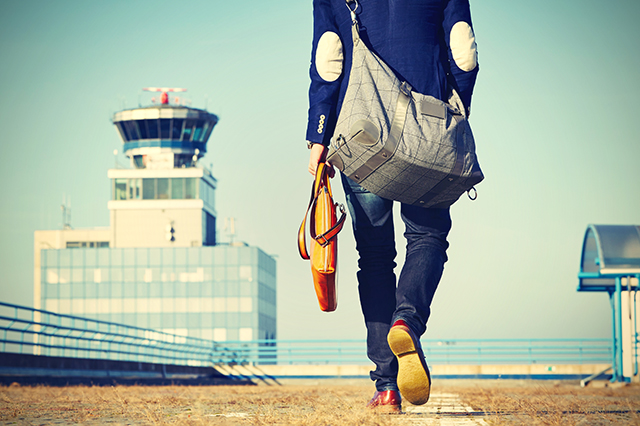
1. Review the basics
This should be easy, since foreign travel safety basics are the same ones you practice when you’re vacationing at home.
- Let select friends/family know your itinerary, and check in from time to time.
- Leave the expensive jewelry behind, if possible, and be careful handling your personal belongings (wallets, phones, camera) in crowded areas.
- Practice “situational awareness.” If you’re hoping to see a famous site, you may not be able to avoid crowds, but do try to keep an eye out for the nearest exits.
2. Research your destination
This step starts with the State Department website and wends its way through the internet and its constellation of star travel bloggers. Your first check-in should be with the U.S. State Department, to scan the travel warnings and alerts. (Warnings are issued for ongoing issues, like war and unstable government; alerts are temporary issues, such as natural disasters or civic demonstrations.) The State Department can’t stop you from traveling to dangerous areas, but you should know that 1) it might try to help you out if you get into trouble, but you’re traveling at your own risk and 2) your travel insurance may not cover regions mentioned in alerts and warnings.
Seek information from bloggers who have deep knowledge about your destination. You’ll find solid information not just on the region you’re traveling to, but also on different types of travelers and/or activities, from solo and senior travel to blogs that focus on everything from itineraries for foodies to extreme travel adventurers.
3. Plan wisely
After doing thorough research, knock these items out before you buckle your seatbelt on the plane.
- Register in the Smart Traveler Enrollment Program, a free service that lets you enroll your trip with the nearest U.S. embassy or consulate. You’ll receive important info about the safety conditions in the destination country to help you make informed decisions, and it helps the embassy contact you and/or your family in an emergency.
- Have an emergency plan in place. Get the address and number of the embassy and other helpful resources before you go.
- Safeguard your trip with travel insurance that makes sense for your destination and the activities you plan to explore. Your own health insurance most likely does not cover international travel, so consider medical travel health and medical evacuation coverage.
4. Focus on fun – but don’t “zone out” on the ground
- Have your emergency info close at hand. Have duplicates of your passport, travel insurance policy, international driver’s license and other important documents in another location and save another set to Dropbox or another cloud storage provider.
- Dress appropriately. Try to blend in with the crowd as much as possible so as not to stand out as a tourist. This is especially true when traveling to countries with a more conservative social structure.
- Keep emergency cash stashes. Don’t keep all your money all in one place.
- Find out what actions or behaviors upset or offend the locals. A little research into do’s and don’ts, customs and etiquette can help you avoid injuring feelings or stumbling into a confrontation.
- Think of how you can communicate if you don’t speak the language. Enlist the aid of a local guide, if possible, or have a list of foreign phrases handy, either on paper or via an app like TripLingo.
Key takeaways
Practicing the usual precautions you take during domestic travel will put you in good stead on your foreign travels. Keeping in mind the customs, special circumstances and emergency protocols of your designated country will take care of the rest. And, as always, adding the buffer of carefully selected travel insurance will help ensure that whatever unexpected circumstances should arise, you’ll be financially protected.
What’s your best foreign travel safety advice? Any insights on how foreign travel insurance benefited you on one of your trips? Feel free to share your tips and stories in the comments section below.
For all things travel-related, go to AAA.com/Travel.



